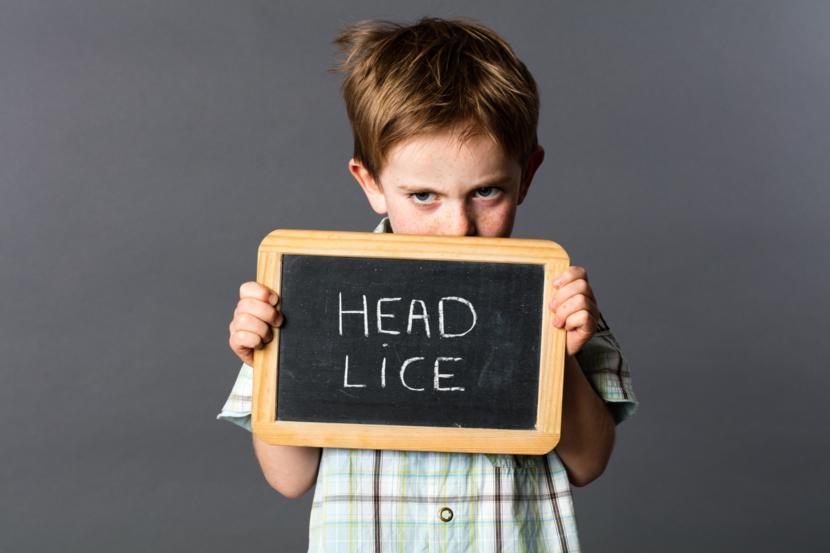What Are Head Lice: Get the Facts
Causes of Head Lice

Head lice are tiny, wingless, blood-sucking organisms. They reside in the hair of your head and feed on your scalp’s blood. An adult louse has a size equal to that of a sesame seed, while the size of its eggs is roughly that of dandruff.
Causes of Head Lice
Head lice are highly contagious and can be transmitted from one person to another. An individual gets infected with the illness when the causative insects crawl on their head. The ways through which head lice can be spread include:
- Close contact of your head with that of an infected person.
- Sharing personal items like combs with someone suffering from head lice.
- Using a fabric cloth after being used by an infected individual.
Lice can easily be transferred through headphones, brushes, headbands, hats, combs, and barrettes. They can also invade clothing, upholstered furniture, towels, and bedding.
Who’s at greater risk for head lice?
Elementary and preschool students have a higher risk of developing head lice. They often play closely together while sharing items that touch their heads. There’s also an increased risk for the infection among family members of young children attending school.
Signs and Symptoms
Common symptoms associated with head lice include severe itchiness, sores or scabs, and a creepy-crawling feeling on the scalp. These symptoms can really be disturbing, but with proper treatment, the condition can effectively be managed.
Tests and Diagnosis for Head Lice
Your doctor or health provider can identify lice by physically examining your scalp for lice or nits. He/she can also run a fine-toothed comb through your hair, beginning with the scalp, to trap lice or nits.
Hatched lice are usually light-colored, while nits are dark-colored. Adult lice make quicker movements as compared to the smaller ones. You will possibly find nits in case there’s evidence of head lice on the scalp.
It’s simple to differentiate between dandruff flakes and nits or any other debris on your hair. Most often, debris can easily be removed and nits will look like they have been cemented on your hair. Since head lice are highly contagious, an infected person in the household might transfer it to others as well. It is, therefore, good to examine everyone dwelling in the household for symptoms of lice within every few days.
Treatments for Head Lice
Numerous treatment options for head lice are available, most of which need to be taken twice. The second medication, administered after 7 to 9 days, will destroy newly hatched nits. The commonest treatments are:
- Pyrethrin: This is a pesticide obtained from chrysanthemum flowers. It’s approved for children aged two years and above. Don’t use this drug if you’re allergic to ragweed or chrysanthemums.
- Permethrin: It’s a synthetic pesticide often administered to children over two months old.
- Benzyl alcohol lotion: This is an aromatic alcohol utilized in the treatment of head lice in people older than six months.
- Malathion: This drug is used to treat head lice in children who are six years old. It’s not prescribed for pregnant or breastfeeding women. Moreover, this drug is very flammable. When using this product, make sure that you keep off from heat sources or open flames like hair dryers.
If you think that you have head lice, you should consider washing, and dry-clean your clothes more frequently. Again, soak barrettes, hair brushes, and combs in hot water for about 5 to 10 minutes.








